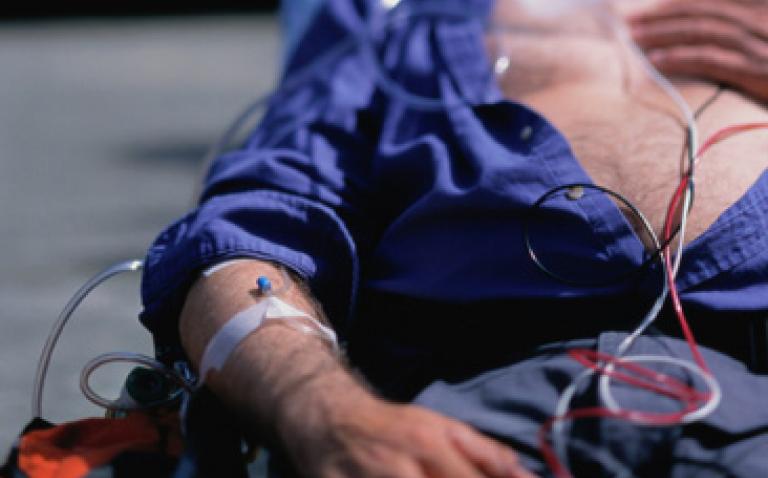A review of research on the detection of calcified tissue in the carotid artery by dental X-rays has found that the technique does not give enough evidence to estimate a patient’s stroke risk. The review was published in the April issue of the Journal of the American Dental Association (JADA).
Panoramic radiography is a procedure used in dental practice for detecting dental disease. According to authors of the review, a trend toward using panoramic X-rays to identify stroke-prone patients has become a much-debated healthcare issue over the past two decades.
In their literature review, the authors conducted an electronic search using 11 databases to evaluate evidence that links calcified carotid artery atheroma (CCAA) detection on panoramic radiographs and the precipitation of cerebrovascular accidents (CVA). The search identified 54 articles for the review. Only one study satisfied the authors’ inclusion criteria and found no significant difference in the incidence of cerebrovascular diseases between subjects with CCAA and subjects without CCAA.
Stroke is one of the leading causes of death and disability among adults in the USA. It occurs when a blood vessel that brings oxygen and nutrients to the brain bursts or becomes clogged by a blood clot or some other mass.










